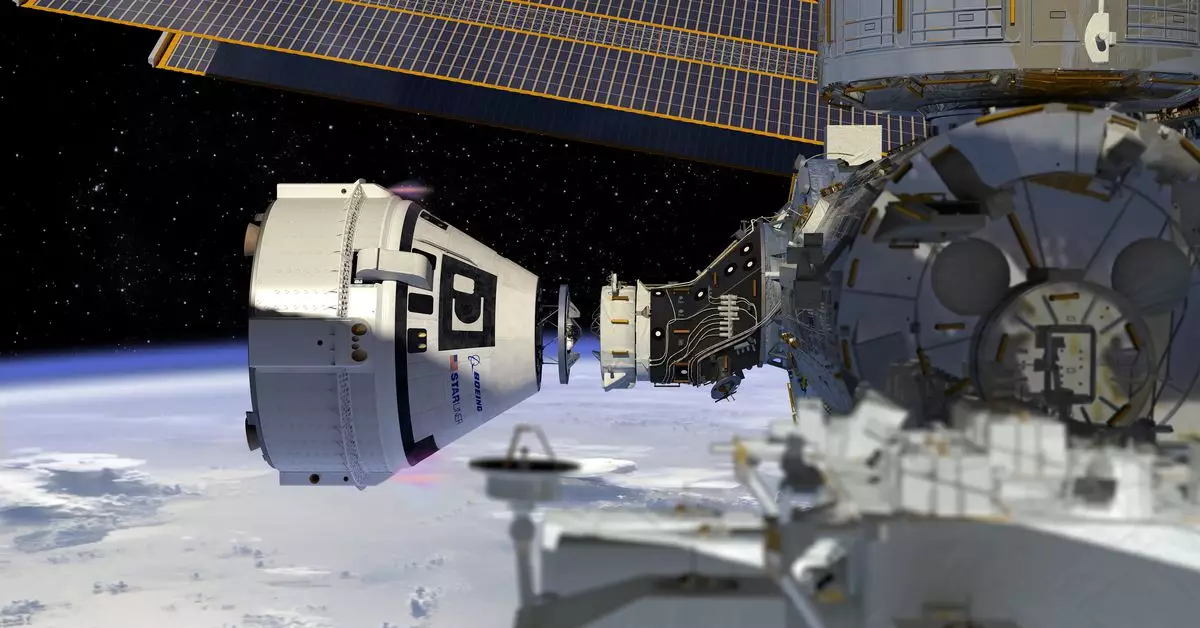NASA administrator Bill Nelson recently made a crucial announcement regarding the return of US astronauts Sunita Williams and Barry Wilmore from the International Space Station (ISS) with the upcoming SpaceX Crew-9 mission in February. This decision came after the astronauts spent over 80 days aboard the ISS. The primary reason behind this decision was the uncertainty surrounding the performance of the thrusters on Boeing’s Starliner spacecraft, which was initially supposed to bring the astronauts back to Earth.
NASA’s Commercial Crew Program manager, Steve Stich, highlighted the growing uncertainty regarding the thrusters’ performance on the Starliner spacecraft. Due to the lack of concrete data and predictability of the thrusters’ behavior during crucial maneuvers like undocking and de-orbit burn, NASA deemed it too risky to proceed with the astronauts on board. This uncertainty ultimately led to the decision to pursue an uncrewed testflight of the Starliner instead of a crewed return mission.
One of the challenging aspects faced by NASA was rebuilding trust with Boeing following the technical issues with the Starliner spacecraft. NASA Associate Administrator Ken Bowersox acknowledged the tense discussions and emotional investment in the decision-making process. Despite the difficult choices made, Bowersox emphasized the importance of maintaining a collaborative relationship with Boeing moving forward. While Boeing’s modeling efforts were praised, the discrepancy in evaluating risk for crewed missions highlighted the need for improved coordination and risk assessment protocols.
The original plan for Williams and Wilmore to return aboard the Starliner after an eight-day mission was derailed by multiple technical challenges, including thruster failures, helium leaks, and valve issues. Tests conducted at NASA’s White Sands Test Facility revealed potential issues with deformed Teflon seals, impacting the spacecraft’s thrusters. With the lack of definitive answers and unpredictable spacecraft behavior, NASA had to weigh their options between relying on the Starliner or collaborating with SpaceX for the Crew-9 mission to ensure a safe return for the astronauts.
Looking ahead, NASA remains committed to working closely with Boeing to address the technical issues and improve the reliability of crewed missions. The differing approaches to risk assessment between NASA and Boeing underscore the need for a more unified framework to evaluate and mitigate potential risks. As space exploration continues to advance, maintaining a robust collaboration between NASA, private aerospace companies, and international partners will be crucial in ensuring the safety and success of future missions to space.
The decision to return astronauts from the ISS involves complex technical considerations, risk assessment, and collaboration between multiple stakeholders. The challenges faced with the Starliner spacecraft underscore the importance of thorough testing, contingency planning, and continuous improvement in spaceflight operations. By learning from past experiences and working together towards shared goals, NASA and its partners can overcome obstacles and achieve new milestones in human space exploration.

